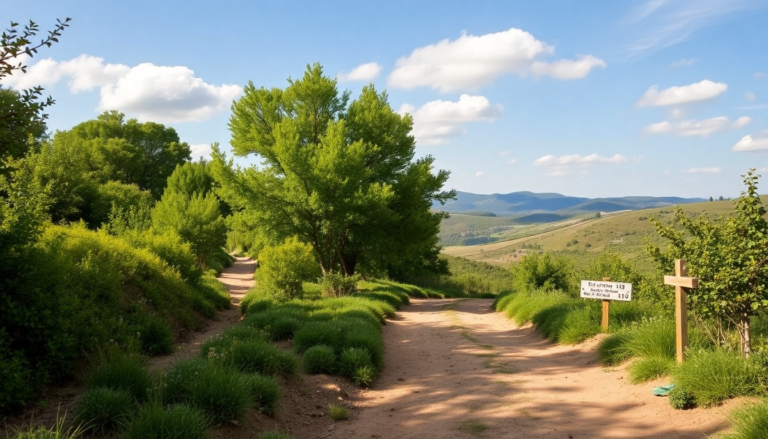Argomenti trattati
The Camino de San Ignacio is a unique historical and spiritual journey spanning approximately 650 kilometers across Spain, starting from the Sanctuary of Loyola in the Basque Country and culminating at the Sanctuary of Manresa in Catalonia. This route retraces the steps taken in 1522 by Íñigo López de Loyola, known as Saint Ignatius, during a pivotal moment of his spiritual conversion. Unlike the more famous Camino de Santiago, this path offers a quieter, introspective experience, inviting pilgrims to engage in personal reflection and spiritual growth.
Experience the camino de san ignacio
The Camino de San Ignacio unfolds across five autonomous communities: the Basque Country, Navarra, La Rioja, Aragon, and Catalonia. Each region presents a distinct cultural and geographical landscape, from majestic mountains to serene valleys and arid highlands. As pilgrims traverse this varied terrain, they encounter medieval towns, historic cities, monasteries, and sacred sites, all of which enrich the journey.
This pilgrimage is more than just a physical trek; it symbolizes a profound inner journey. The landscapes themselves reflect the emotional and spiritual transformations of those who walk the path. The route is designed to encourage contemplation, with designated meditation points and signs inspired by Ignatian symbols, allowing travelers to connect with their thoughts and feelings as they walk.
The historical significance of the camino
Saint Ignatius’s journey began after a life-altering injury during the siege of Pamplona in 1521. While recovering, he immersed himself in religious texts that sparked a radical spiritual transformation. Once healed, he renounced his worldly life and set out for Jerusalem, embarking on a pilgrimage that would eventually lead him from Loyola to Manresa, passing through places like Arantzazu, Logroño, Zaragoza, and Montserrat. Ignatius spent nearly a year in Manresa, where he had profound spiritual insights that shaped his Spiritual Exercises.
These writings defined a method of meditation and discernment that continues to guide millions today. The Camino serves as a living testament to Ignatius’s legacy, allowing modern pilgrims to engage with his teachings while navigating the same paths he once walked.
Planning your pilgrimage
The Camino de San Ignacio is divided into 27 stages, carefully mapped to follow the original route taken by Saint Ignatius. The diverse landscapes vary in difficulty, alternating between mountainous terrains, flatlands, and rolling hills, catering to both contemplative walkers and those seeking a physical challenge. Along the way, pilgrims can visit several points of historical, artistic, and spiritual significance, making each stop a meaningful experience.
To fully embrace this journey, preparation is essential. The best times to embark on the Camino are from April to June and September to October. Spring brings lush greenery to the Basque Country and Navarra, while autumn offers mild weather and stunning fall colors, ideal for a peaceful pilgrimage. The summer months, particularly July and August, can be extremely hot, especially in regions like Tudela and Fraga, where temperatures may exceed 35°C. Winter can also pose challenges, particularly in the mountainous Basque Country, where snow and rain can obstruct the path.
Embrace the journey of transformation
Choosing the Camino de San Ignacio means engaging in a transformative journey. While it may not have the same recognition as other spiritual paths, its authenticity and solitude create a unique pilgrimage experience. There are fewer crowds, allowing for a deeper connection with oneself and the environment. Each step on this path invites introspection, urging one to listen to their inner voice.
This journey is tailored for those looking to explore less-traveled paths, visiting towns where English is rarely spoken and experiencing the sounds of solitude. It’s a route for those seeking grounding, simplicity, and truth as they navigate their personal journeys.
A diverse experience
Walking the Camino de San Ignacio is an opportunity to traverse a rich tapestry of landscapes and cultures. From urban areas to semi-desert regions, this path challenges the body while nurturing the soul. Each stage offers a different experience, inviting pilgrims to appreciate the beauty of nature and the depth of human history.
As you prepare for this pilgrimage, consider what you hope to gain from the experience. The Camino is not just a physical challenge but a chance to engage with your spirituality in a profound way. Whether you seek clarity, peace, or a deeper understanding of yourself, this journey promises to be a rewarding adventure.

